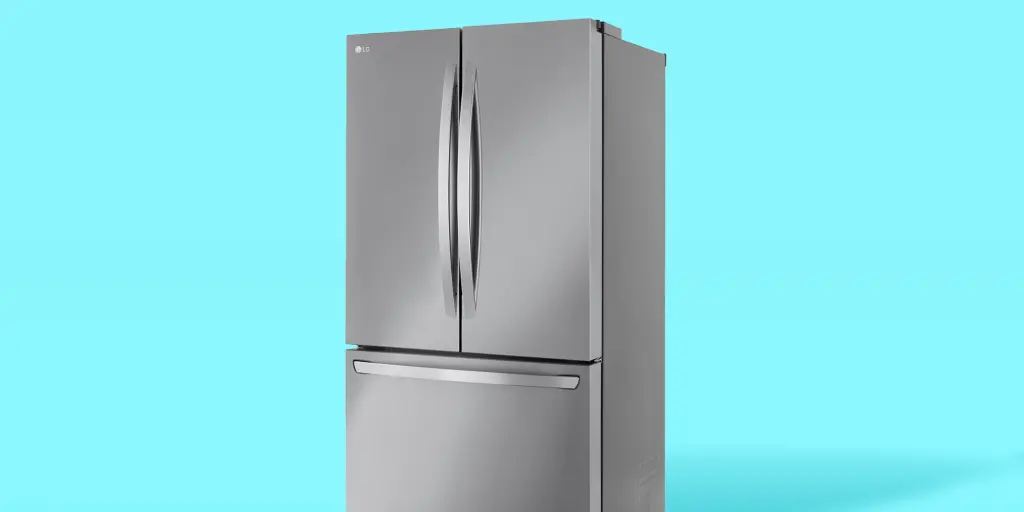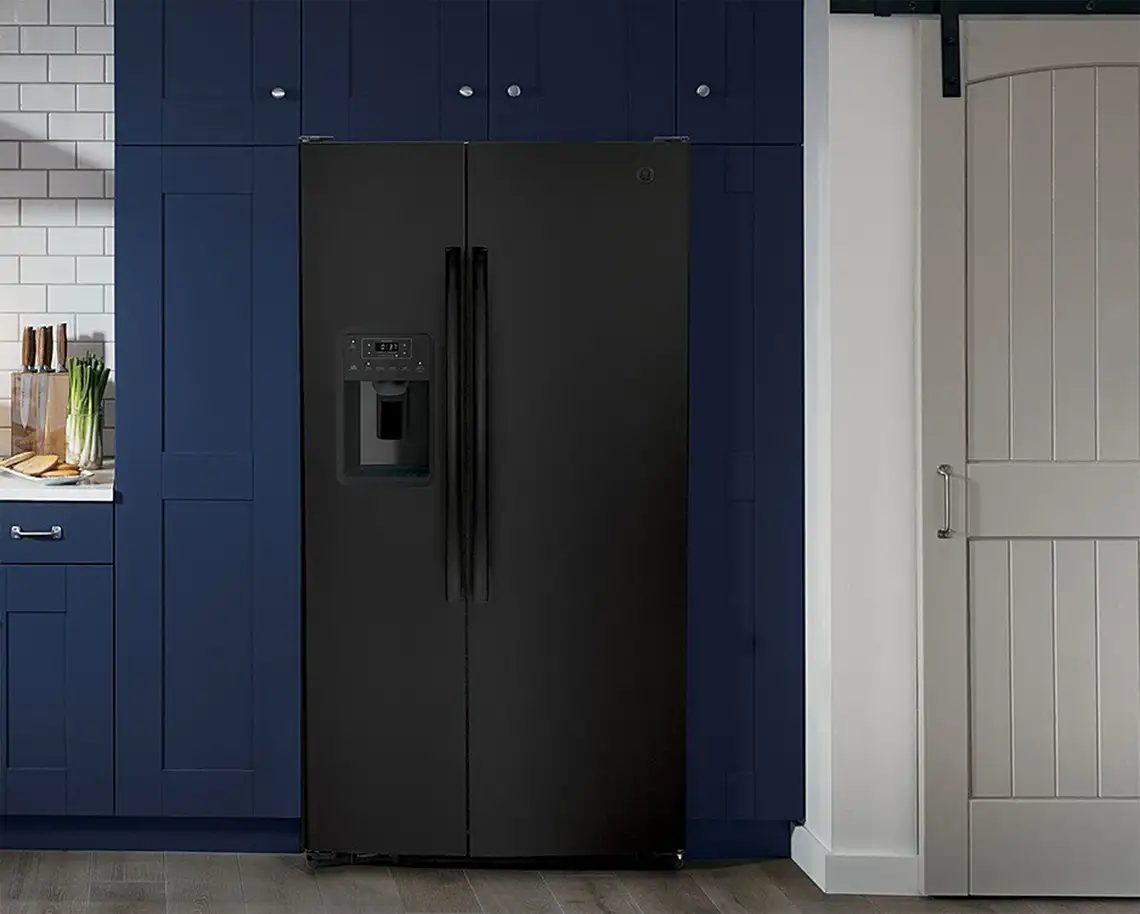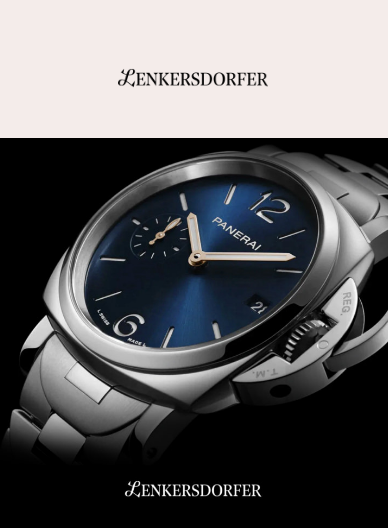
Fridges have come far in just a century. Once literally big boxes filled with ice, refrigerators are now available with flat screens, Wi-Fi connectivity, wine drawers, and water pitchers that automatically refill themselves. (And, yes, they keep your food from spoiling, too.)
No matter what kind of refrigerator you want or need, freestanding models today come in myriad sizes, multiple styles, and a blizzard of budget options.
To help you find the right fridge for you and your kitchen, we’ve assembled the best—from feature-laden French-door fridges to sleek side-by-side models and counter-depth options to budget-friendly top-freezer and bottom-freezer models. We offer some buying advice, too.
What to consider
-
Choose a type
You want a 36-inch fridge. According to our surveys, French-door fridges have higher customer satisfaction than side-by-side models (the other type available at this width).
You don’t want to stoop for your produce. In a French-door fridge, fresh food is located above knee level.
You’re seeking a fridge that provides a lot of organizational flexibility. The full-width fresh-food compartment offers flexibility in how you arrange the shelves, allowing you to accommodate tall pots or wide items, like sheet pans and pizza boxes. (Some pricier models have a fourth drawer or compartment with an adjustable temperature control, so it can be used for wine or cheese.)
You have strength or mobility issues. A French-door model’s half-width doors tend to be easier to pull open than full-width or full-length versions, especially on large models.
You want the most fridge for your money. For the price of a French-door fridge, a different type of refrigerator will typically provide more features, capacity, or functionality.
You prioritize freezer organization. A French-door fridge’s freezer is a deep well topped with two or three sliding shelves, and it can be hard to access food at the bottom.
You want a through-the-door ice dispenser. To have this type of ice dispenser in a bottom-freezer fridge, including a French-door refrigerator, a second ice maker in the fresh-food compartment has to be installed; this takes up room and increases the potential for problems.
You want the most efficient fridge possible. When it comes to efficiency, French-door fridges fall behind top- freezer and bottom-freezer models.
You have a smaller kitchen and want a larger fridge. The half-width doors on a side-by-side model provide more wiggle room on either side.
You want a through-the-door ice dispenser. Even affordable models tend to come with one.
You prioritize organization, especially in the freezer. In a side-by-side fridge, fresh-food and frozen-food compartments are both long and lean, with lots of shelving, so it’s easy to see everything on either side.
You have trouble reaching up high or stooping low. Fresh-food and frozen-food compartments both run the entire length of the fridge, so you can place the things you use most within easy reach.
You want a 36-inch fridge and are on a tight budget. Side-by-side models are less expensive than French-door fridges of the same size and quality, especially in finishes other than stainless steel.
You store large items. Our reader surveys show that many owners of side-by-side fridges struggle to fit wide items like casserole dishes, pizza boxes, and large sheet pans.
You need a small fridge. Even a 33-inch side-by-side model starts to feel cramped, especially in the freezer. You’ll likely be happier with any other type of fridge.
You want the most efficient fridge possible. Side-by-side models are the least efficient type of refrigerator available.
There are four key freestanding-fridge styles—French-door, side-by-side, bottom-freezer, and top-freezer models—each with pros and cons.
Consider capacityOur surveys found that most households are happiest with a fridge that has about 20 cubic feet of capacity (about that of a medium-size fridge).
Fridges with premium features and looks seem to please people, but a basic fridge is a better choice if longevity is the goal.
Every fridge is different: Make sure the one you buy fits into your home, with enough room that you can fully open the doors.
Best French-door refrigerators

A French-door fridge is the most expensive (and fashionable) type of large freestanding refrigerator. A variation of a bottom-freezer fridge, in this type of fridge, all fresh food is located above knee level, accessible via half-width double doors that open up to a user-friendly interior. French-door fridges tend to look and feel a little more luxurious than traditional, single-door, bottom-freezer fridges, and they accommodate a lot of organization. You can also open just one side of the fresh-food compartment at a time, potentially keeping more cold air in.
Most French-door refrigerators are 36 inches wide, but 33-inch and even a few 30-inch models exist. Nearly all French-door models have a capacity of at least 20 cubic feet, which our research shows is plenty for most households. Read more about the best French-door fridges and the best counter-depth French-door fridges, which have a shallower profile and a bit less capacity than standard-depth models.
Consider a French-door refrigerator if:
Skip a French-door refrigerator if:
Best side-by-side refrigerators

Side-by-side refrigerators aren’t currently as chic as French-door fridges, but they tend to be a bit less expensive (and they come in more finishes) than French-door models of similar quality and size. The half-width doors of a side-by-side model also benefit narrow kitchens, where it’s harder to open a full-size fridge or freezer door. These models also have well-organized compartments running the length of the fridge and freezer, with several shelves at various heights. That said, the half-width fresh-food and freezer compartments in side-by-side fridges are far narrower than those in any other type of fridge, and our reporting and surveys show that this frustrates many people.
Side-by-side refrigerators are typically 36 inches wide, but you can find a few smaller, 33-inch models with narrower freezers. Both sizes should have at least 20 cubic feet of capacity. Most side-by-side fridges come with through-the-door ice and water dispensers, but there are also models without either. Read more about the best side-by-side fridges and the best counter-depth side-by-side fridges (which have a shallower profile and a little less capacity than standard-depth models).
Consider a side-by-side refrigerator if:
Skip a side-by-side refrigerator if:







